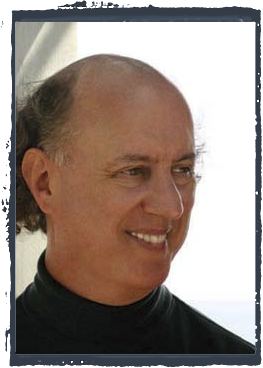The One True Approach to Technique—do all instrumentalists look for it as we pianists do? We dream of a single set of rules to tell us how to play lateral jumps, trills, and close passagework; cantabile melodies, staccatissimo accompaniments, and plain old two-note slurs.
This is an odd desire! These activities are very different from one another. It would seem obvious that they need different physical approaches. And they do. Piano technique does not—. Let me start again: There is no piano technique, there are only techniques, modules for specific purposes. When we say someone has a fine technique, the form of words misleads us into thinking she has one thing. What she has is a grab-bag.
On the other hand, we all know of “tricks-meisters,” teachers with a different trick for every passage; never at a loss for a “rule” that applies. But the rules seem to multiply endlessly, when what we want is Unity. We want the security of Mastering It; or at least the confidence that there’s an It to be mastered!
We’re looking in the wrong place. We should look for unity not in the means but in the end, where the use of all the modules is integrated into an ongoing musical expression. The unity that will satisfy us is the unity of the line of the piece, the narrative, the story.
And we will ignore the irony which cognitive science points out: that this unity in the mind’s action is itself an illusion; for Mind, too, consists of modules.
